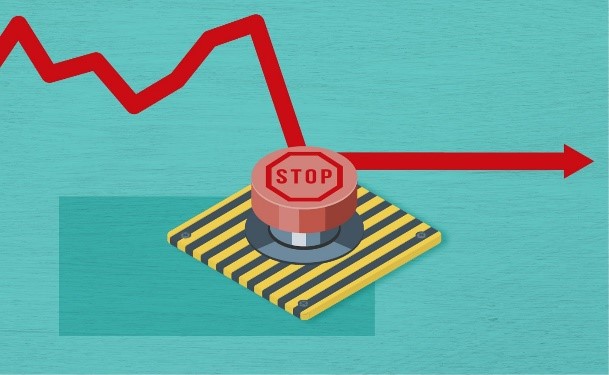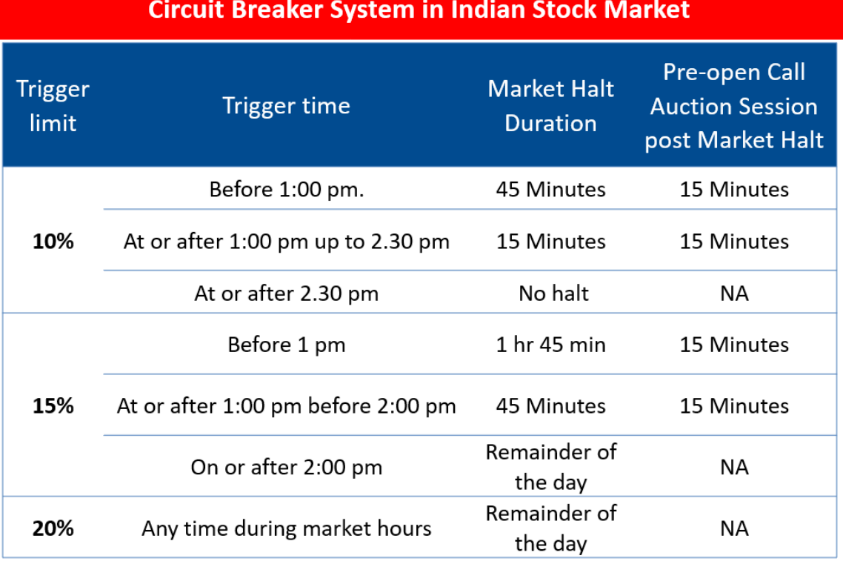Free Courses Sale ends Soon, Get It Now


Free Courses Sale ends Soon, Get It Now



Disclaimer: Copyright infringement not intended.
Context:
What are Circuit Breakers?
Purpose
Implementation in India:
Working of index-based market-wide circuit breaker system in India:

Types of Circuit Breaker:
Circuit breaker are of two types:
Upper Circuit:
Lower Circuit:
Note: Circuit breakers are applied in spot market only, for F&O (Future and Options) stocks there are no such restrictions.
|
Mains Model Question Q. What is Circuit Breaker in Stock Market? Explain the working of Index-Based Market-Wide Circuit Breaker System in India. |
https://indianexpress.com/article/explained/explained-economics/circuit-breaker-8420164/
© 2024 iasgyan. All right reserved